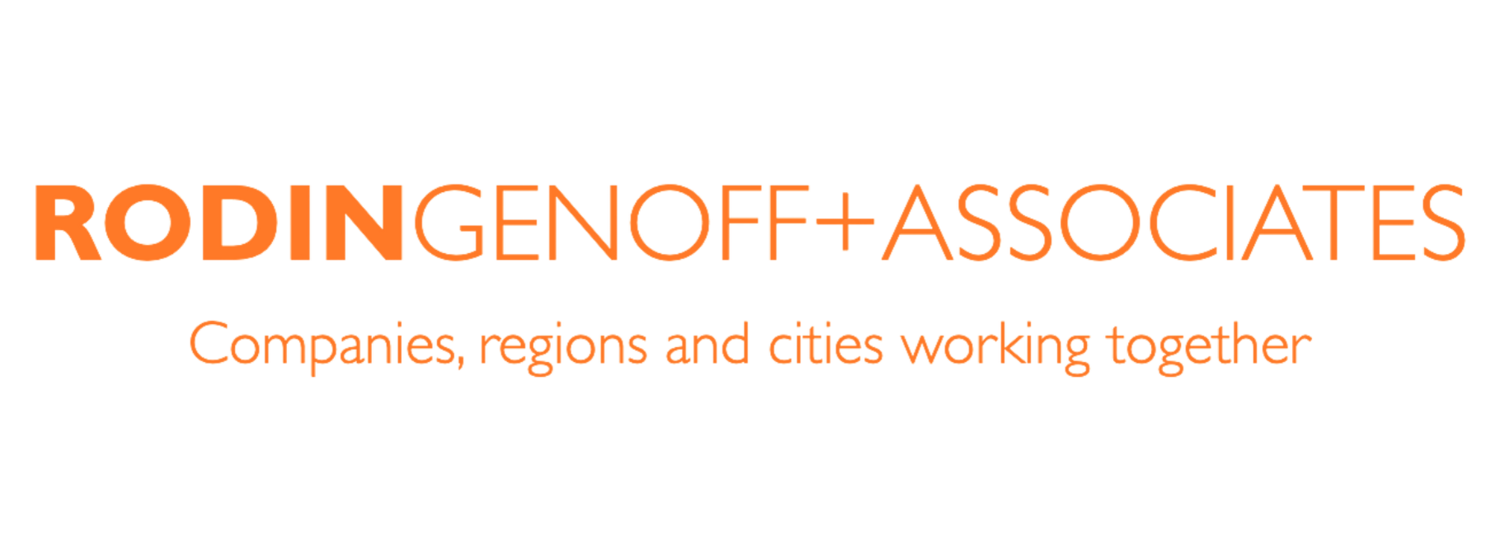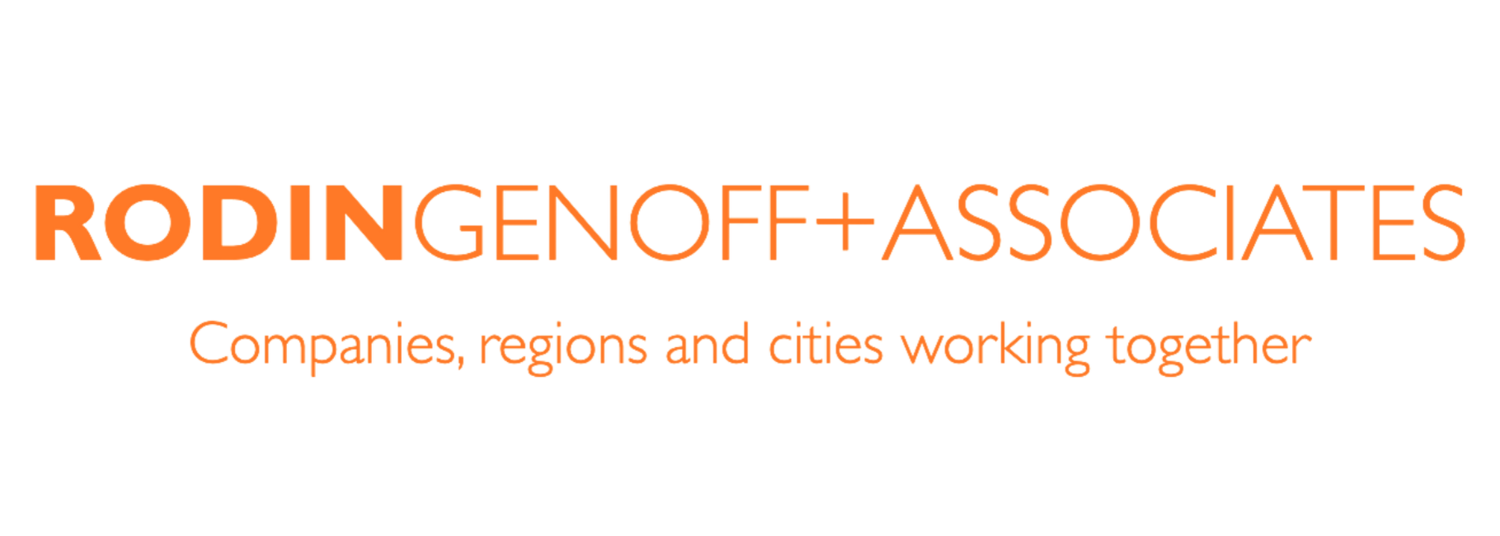Candice Quartermain featured in The Economist’s Circular Economy article
“Innovation takes time. What we are starting to see are opportunities to grow our economy by decoupling our demand of resources, where we take, make and throw away by designing solutions to be regenerate or renewable. This is the circular economy model”
At the foundational level, circular economies focus on maximising the use of resources with the aim of reducing waste (compared with linear economies that focus on making, using and disposing of products). The philosophical underpinnings of circular economies have become more widely accepted and promoted in recent years thanks, in part, to resource-sharing platforms from global companies like Airbnb and Uber.
However, these economies aren’t just created by websites or apps. “We need to find smarter ways to use existing resources and that’s a positive thing,” says Candice Quartermain. She is founder and director of Circular Economy Australia, a fast-growing network started in 2010 that consists of more than 12,000 individuals and organisations. “Innovation takes time. What we are starting to see are opportunities to grow our economy by decoupling our demand of resources, where we take, make and throw away by designing solutions to be regenerate or renewable. This is the circular economy model”.
Australia bound
Motivating factors can differ geographically. European countries, for example, are relatively smaller than Australia and as a result there is a greater need to innovate in many areas to make more efficient use of available land. Australia is different in regards to the circular economy due to its large landmass, natural resources, climate and economic conditions, which decrease the pressure to innovate. At the same time, those reasons also offer companies and organisations the potential for experimenting.
A key challenge is to identify the ways that the economy can grow without decoupling natural resources, which is how Ms Quartermain defines a circular economy. Hence the main circular economy focus in Australia at the moment is to generate value from waste. “Waste is a growing problem and people are looking for solutions,” says Ms Quartermain. As such, she says the circular economy is very much focused on end products at the moment.
New ideas for old problems
Regulation is not seen as a barrier but rather part of the process, explains Ms Quartermain. “At the same time, there is a really important role for [the] government to provide guidance and encourage society as a whole through grants.” There is also the need for a clear intention focused on redesign, instead of just reduction. The regeneration of resources is of keen interest to the government.
“In most cities, we increasingly seek to reuse water and use renewable energy,” says Paul Fletcher, Australian minister of urban infrastructure and cities. For example, he says Australia has one of the highest penetration rates of solar panels on homes in the world, and he predicts a bright future for this energy source. “We’ll see energy networks more distributed,” says Mr Fletcher, meaning that the source of power will become increasingly localised. “Energy will be more like the internet rather than top-down.”
To help propel circular economy efforts, Ms Quartermain founded Circular Economy Australia as a meeting of minds among volunteers, instead of a formal membership structure. The organisation brings people together and creates events and shares ideas to tackle various problems. “We assemble and disassemble as needed,” says Ms Quartermain, to explain a business model that is volunteer driven. One example to come out of this approach is the development of gCycle, the world’s first renewable nappy.1 In association with different organisations around the world, including the Ellen MacArthur Foundation in the UK and numerous global partners, the project aims to end commercial nappy waste and dependence on landfill.
Technology and the circular economy
Taking advantage of many new emerging technologies requires basic infrastructure. In Australia the government is focusing on installing next-generation connections. Mr Fletcher touts the A$50bn (US$39.7bn) National Broadband Network project, which aims to provide high-speed fixed-line fibre connections to 93% of premises in Australia by 2020.3 The remaining 7% will be covered by a combination of high-speed wireless and satellite connections.
Based on such infrastructure, any technology that can collect data and better help to understand it, such as sensors in buildings and radio-frequency identification (RFID), are the most important technology trends today, according to Ms Quartermain. They help create additional data points, which in turn enable the circular economy to move quicker and create value.
Real time data enables a better understanding of needs and use of resources, which in turn allows design solutions focused on unlocking value that delivers sustainability for future economic growth. Gartner, an IT analysis firm, predicted that there were more than 8bn devices connected to the IoT globally last year with further implementation rising rapidly, expected to reach 20bn by 2020.
In practice, IoT can provide greater use of resources. The mayor of Stockholm, Sweden, Karin Wanngård, says smart and connected lamp posts can provide street lighting when needed to save energy. Trash bins ‘announcing’ when they need to be emptied and installing sensors in homes to detect a rise in the levels of mold and moisture before they damage the building are other potential applications towards better efficiency.
Reasons for optimism
“The reason I am dedicating my life to the circular economy is to shift the perspective from scarcity to abundance,” says Ms Quartermain. “Everything has an opportunity to be redesigned and the circular economy gives us a set of principles from which to create the roadmap.”
Five years from now it is likely that we will begin to see more businesses seeking ways to create value and enhance sustainability value by reducing, reusing, remaking, and renewing resources. Technology and automation will be a large contributor to unlocking many of these opportunities. The circular economy will continue to provide business cases globally across multiple industries, proving its approach to be successful and as a result will become more widely adopted and accessible.

